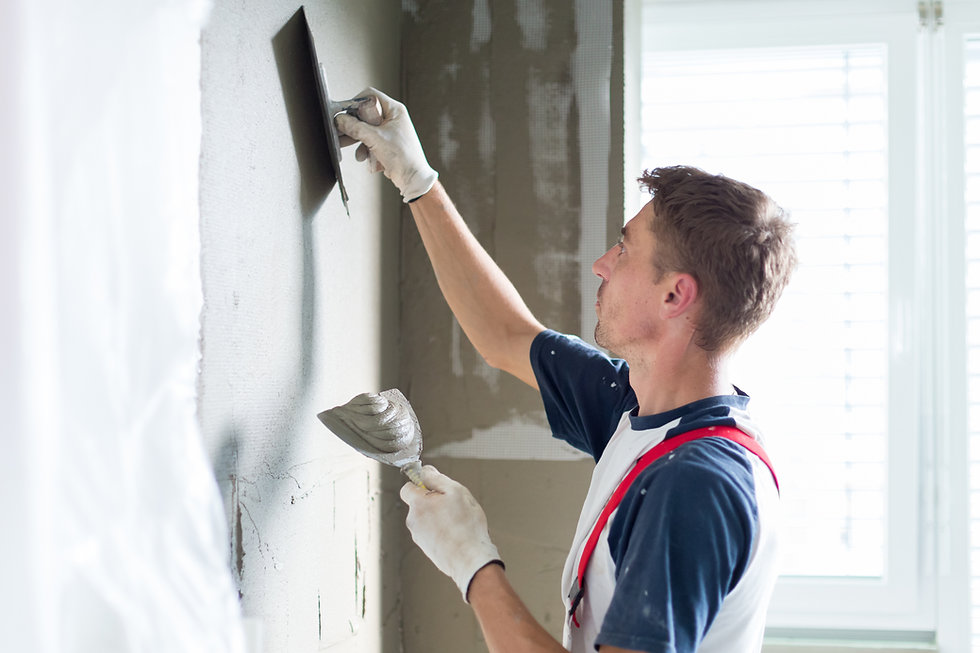Plastering and skimming are two different processes that require other techniques. The former requires you to clean the wall thoroughly, seal any cracks, and then apply a layer of joint compound. Once it is dry, you can move on to the project’s next step.
A plaster trowel should be plastered at a low angle to the surface. You can also apply water to the freshly plastered surface to help it smooth out. This is done to remove any unevenness in the plaster. It is also used to fill holes and scratches.
If you’re plastering over drywall, you can skip the skimming step and paint directly onto the board. But if you’re using plasterboard, you’ll want to skim the entire surface, as it will make the wall smoother and glossier. While touching your walls may look more attractive, it can be messy. Dust can splatter on light switches and furniture.
Traditional plastering involves three separate layers of plaster. The first layer is called a brown coat and is rough. It may contain sand, horsehair, or other binders. The finish coat’s second layer is a fine blend made of water and finely ground plaster or lime.
Plastering costs vary greatly. You will need to factor in several variables, such as the size of the room. You can estimate the cost of plastering, but it’s never a straightforward process. Skimming is usually a less expensive alternative than plastering.
Skimming your walls is another option if you want to restore the character of an old house. It will make your walls look more authentic and historical. It will also give your walls an imperfect look that shows the maker’s hand. Unlike plaster, no two divisions will be identical.
It requires removing old plaster, skimming, and finishing the surface. You can also hire a plasterer to skim a room for you. Plastering involves smoothing out the surface with a thin layer of plaster. It may be applied over an existing plaster layer or dry line plasterboard. Skimming requires skillful smoothing, so a novice DIYer shouldn’t attempt it.
Plastering requires three components: cement plaster, lime plaster, and sand. When applied to masonry, the cement plaster is usually placed on the surface. A professional plasterer should be experienced in interior plastering. A plasterer should also be knowledgeable in the different types of plastering. Some plastering jobs require multiple coats and some materials require other methods.
The method used varies according to the desired color. Some people use a paint roller to apply a light coat to the entire surface of the wall. They should then wait for it to dry.
